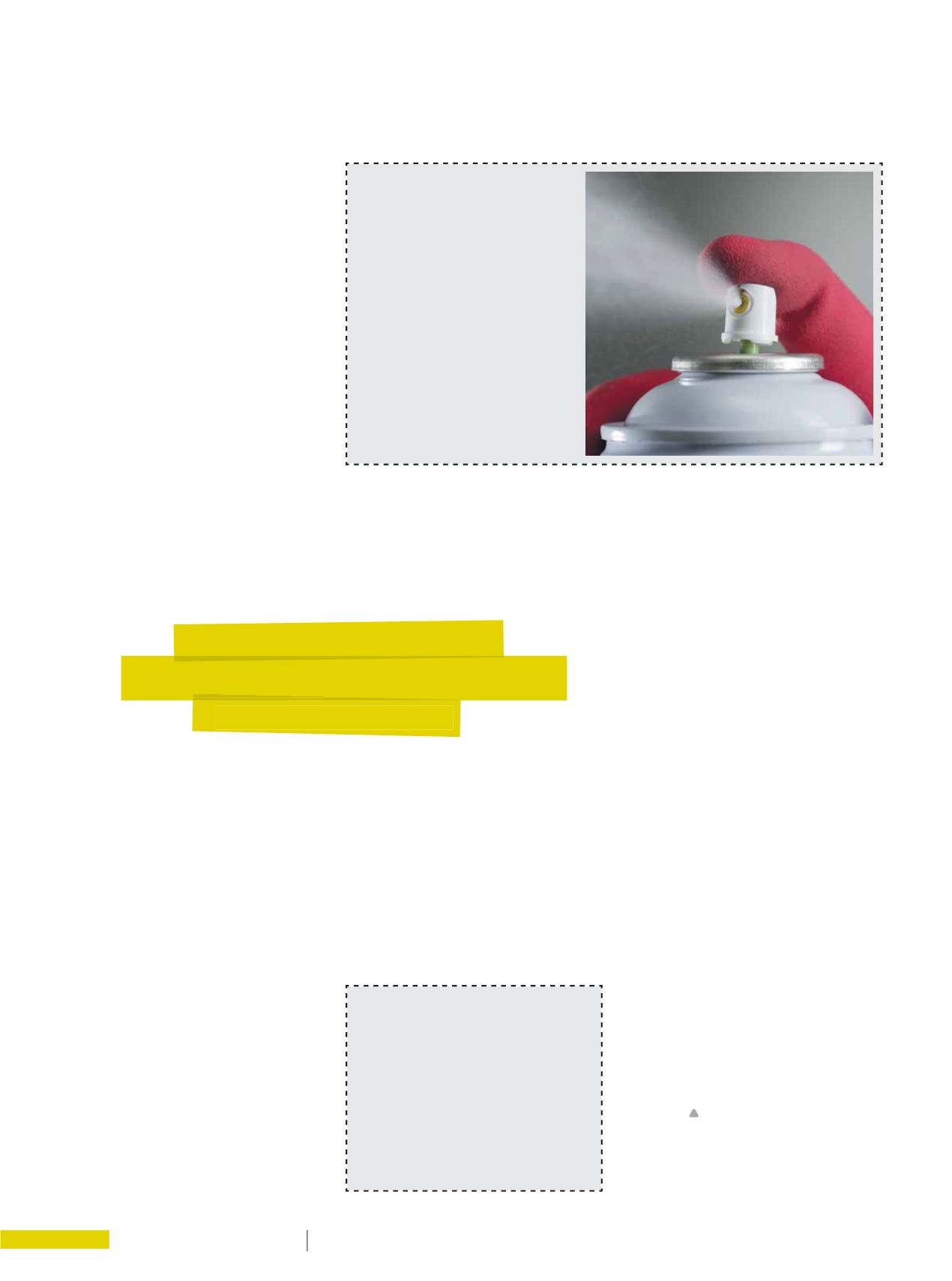

8 2
E L E C T R I C A L CO N N E C T I O N
A U T UMN 2 0 16
Brad adds that matching the length
of the gloves to the application is
also essential.
“Some chemical resistant gloves
can be wrist length but most are above
the wrist and some extend right up
to the shoulder,” he says, adding that
submerging the hand into a chemical
requires a longer glove to afford the
appropriate protection.
GLOVE STORAGE AND TESTING
Depending on how they are stored,
the chemical resistance of gloves
may degrade over time, according to
Brad who adds that latex, being a
natural material, is most susceptible
to breakdown.
He says gloves should always be
stored in a cool dry location and out
of direct sunlight to maximise the
lifespan and suggested that before use,
gloves – whether new or used – should
be tested before working with or on
the hazard in question to determine if
there has been any degradation and
to understand the gloves limits and
breakthrough time.
“Ensure the gloves are watertight first
and foremost. Don’t expect every pair
will be.” he says.
“While manufacturing process are
very good, once the glove has been
shipped and handled by multiple
people you can’t be sure that it wasn’t
damaged. Even if there is no visible
damage, it may contain a pin hole.”
CHEMICAL RESISTANT GLOVE
MATERIALS:
ǩ
NITRILE
Nitrile rubber offers excellent
physical-hazard resistance to
punctures, cuts, snags and abrasion.
Nitrile rubber has considerable
resistance to oils, fuels and certain
organic solvents.
Applications:
Chemical handling,
auto assembly, petrochemicals, food
processing.
Suitable For:
Oils, greases,
petroleum products and some acids
and caustics.
ǩ
LATEX
Natural rubber (latex) has a very
high elasticity compared to other
glove materials, good cut, puncture
and tear resistance, and outstanding
grip and temperature resistance.
It withstands water, alcohols and
some ketones, but has poor chemical
resistance against most hydrocarbon
and organic solvents. It can cause
allergic reactions in some people.
Applications
: Janitorial, food
processing, general maintenance.
Suitable For:
Ketones and mild
acids.
ǩ
PVC
Polyvinyl Chloride (PVC) is an ideal
alternative for those with latex
allergies, PVC chemical-resistant
gloves offer good abrasion resistance,
but may be susceptible to punctures,
cuts, and snags.
PVC is effective against water
and most aqueous solutions,
detergents, and diluted bases and
acids, but has limited chemical
resistance to organic solvents. PVC
is one of the more common coatings
for coated work gloves.
Applications:
General maintenance,
fisheries, construction, janitorial
and gardening.
Suitable For:
Most acids, fats and
petroleum hydrocarbons.
NEOPRENE
Neoprene is exceptionally flexible
and has good abrasion and cut
resistance, while resisting the effects
of aging, sunlight, ozone, oxidation
and weather.
Applications:
Automotive, degreasing,
mechanical and janitorial
Suitable For:
Some acids and
caustics.
ProChoice Safety Gear
www.prochoice.com.auCOMMON HAZARDOUS
SUBSTANCES IN THE
WORKPLACE INCLUDE:
ǩ
Acids
ǩ &DXVWLF VXEVWDQFHV
ǩ 'LVLQIHFWDQWV
ǩ *OXHV
ǩ +HDY\ PHWDOV LQFOXGLQJ PHUFXU\
OHDG FDGPLXP DQG DOXPLQLXP
ǩ 3DLQW
ǩ 3HVWLFLGHV
ǩ 3HWUROHXP SURGXFWV
ǩ 6ROYHQWV
STANDARDS FOR
CHEMICAL GLOVES:
7KH VWDQGDUG WKDW UHODWHV WR FKHPLFDO
JORYHV LV (1
&KHPLFDO
5LVN 6WDQGDUG
7KH $XVWUDOLDQ
HTXLYDOHQW ZKLFK LV LGHQWLFDO
LV $6 1=6
3DUW
3URWHFWLYH JORYHV DJDLQVW
FKHPLFDOV DQG PLFUR RUJDQLVPVǟ
'HWHUPLQDWLRQ RI UHVLVWDQFH WR
SHUPHDWLRQ E\ FKHPLFDOV
Hand protection from
chemicals requires a detailed
risk assessment.
















